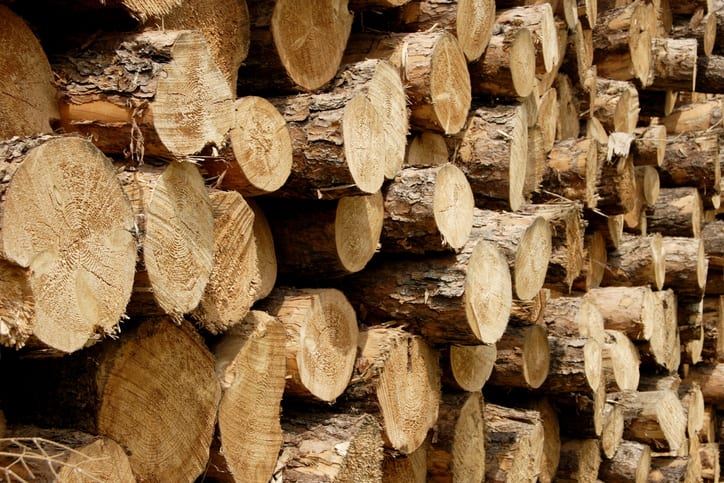The pulp and paper industry was cool before many of us were ever born. Yes, it’s that old. Not only was it cool by providing Mainers and immigrants a means to provide for themselves and their families, but it was also high-tech, forward-thinking and environmentally aware. Maybe not much has changed after all? Let’s take a look at a (brief) history of the industry in the Pine Tree State.
1734 The first paper mill in Maine was operated on the Presumpscot River in Westbrook by Colonels Thomas Westbrook and Samuel Waldo. For thousands of years, paper was made from used rags—not wood. That’s how far back Maine’s history in the industry goes!
1854 Samuel Dennis Warren purchased the Westbrook mill and founded S.D. Warren company and quickly expanded, importing more rags than any other mill in the world. Industrialization up and down the East coast (and heading West) fed the need for paper.
1880 Rag shortage! Inventors embraced this challenge and, recognizing the beauty of Maine forests, started mixing in Poplar wood fiber. S.D. Warren company becomes the largest mill in the world and in 1884 adopts this new method of making paper—the first mill in the country to do so.
1890 Maine is a player on the world stage with modern papermaking facilities, connections to local and global markets, and lush, vast forests and riverways for easier transportation.
1900-1930s Paper mills and factories are Maine’s biggest employers. Many workers were trained at the University of Maine enabling workers to have a rewarding, high paying career. Maine workers and immigrants from around the world came to these mill towns, introducing new cultures and creating bustling, thriving communities.
1930-1970s Other forested states in the country continue to successfully make paper, forcing Maine to adapt with the competition. Tourism in the state becomes incredibly popular and necessary for the health of the economy.
1972 Pollution, fish migration and less recreation on major waterways leads Mainers to want to protect the state’s natural resources. The Clean Water Act of 1972 is passed and environmental stewardship in the industry continues.
1980-2000 Paper becomes cheaper to produce in other parts of the world. Old infrastructure, high energy costs, competition and a decreased need for newsprint leads mills in Maine to begin to close giving the illusion of a dying industry. But Maine is resilient!
2000-2020 Maine does what it does best—it adapts. Mills transition to modern facilities. Workers are trained with science, technology and innovation in mind in order to produce efficient equipment, superior products, and protect natural resources. There are fewer workers, but they are highly trained, highly skilled, and highly paid as Maine remains an important player in the industry.
2020 and beyond The pulp and paper industry in Maine, the United States and around the world will continue to adapt, innovate, and prepare the industry for the future. We will always need paper and paper products—especially recyclable, environmentally conscious options. And we also need bright, talented people in the industry to help address these challenges.
Do you have what it takes to become one of the next leaders in the industry? If you’re a UMPPF scholarship recipient, we know you do.


Recent Comments